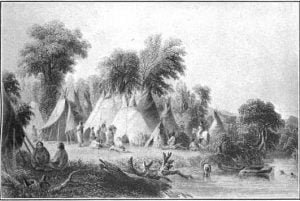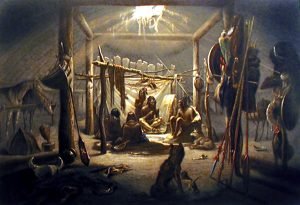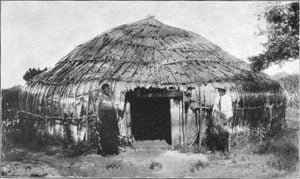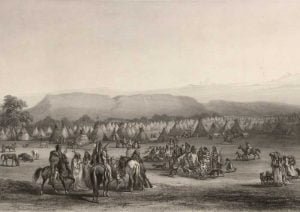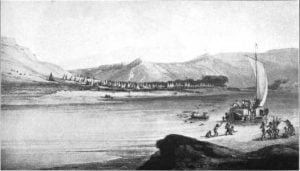Houses of the Missouri Tribe
In the narrative of the Lewis and Clark expedition appears this record: “June 13, 1804. We passed a bend of the river. Missouri and two creeks on the north, called the Round Bend creeks. Between these two creeks is the prairie, in which once stood the ancient village of the Missouri. Of this village there remains no vestige, nor is there any thing to recall this great and numerous nation, except a feeble remnant of about thirty families. They were driven from their original seats by the invasions of the Sauks and other Indians from the Mississippi, who destroyed at … Read more

